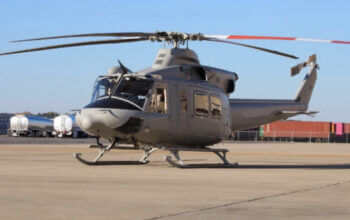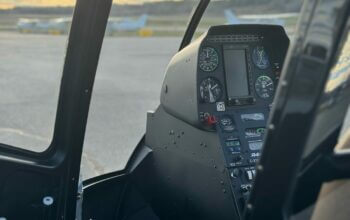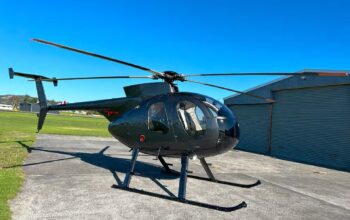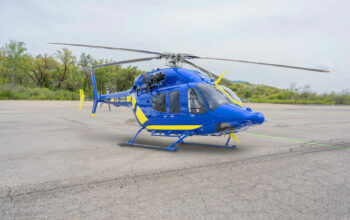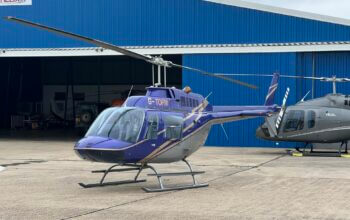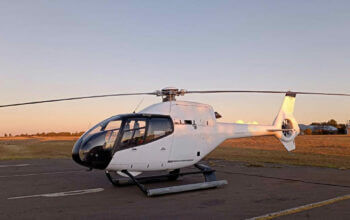Estimated reading time 7 minutes, 19 seconds.
In response to the soaring demand for air travel in North America following the pandemic, airlines have ramped up their workforce substantially, with the U.S. witnessing the highest passenger airline employment levels in over two decades. However, the surge in travel has exposed a pressing issue: the shortage of air traffic control (ATC) staff. The International Air Transport Association (IATA) recently weighed in on the issue, with statements from its Director General, Willie Walsh.
Canada
Canada’s air navigation service provider (ANSP), Nav Canada, has been experiencing controller shortages leading to hundreds of flight cancellations and “letting down airlines and the traveling public,” noted Walsh. Simultaneously, the Canadian government is revising passenger rights legislation, placing the onus of care and compensation solely on airlines regardless of the root causes of disruptions and delays.

“We agree with the government that shared accountability is needed across the entire value chain, something that cannot be achieved by singling out airlines,” said Walsh. “Instead of focusing on bureaucratic and punitive legislation, the government needs to urgently address the shortfalls in those sections of the aviation ecosystem which it controls. Asking airlines to negotiate performance agreements with monopoly service providers reflects a lack of understanding of the industry and will not improve the overall travel experience.”
Worth noting is the fact that the Canadian Air Traffic Control Association (CATCA), which represents 1,900 workers who provide ATC services at Canadian towers and area control centers, recently reached a five-year tentative agreement with Nav Canada that better protects workers. The previous collective agreement expired on March 31, 2023.
Negotiations began back in December 2022 to address a number of concerns voiced by workers, including wages, work/life balance, job security, and other issues. The tentative five-year deal was reached on June 16, and “recognizes the very important work done by Canada’s first-class air traffic controllers,” said Unifor National president Lana Payne in a press release.
Unifor noted that there was urgency to negotiate a new contract before the busy summer 2023 travel season.
CATCA president Nick von Schoenberg said he was happy with the deal and hoped there would be “opportunity to get people back on board, recognizing their contributions and hard work, and take meaningful steps towards making this the best air navigation service provider in the world.”
United States
South of the border, the U.S. Federal Aviation Administration (FAA) has been grappling with a shrinking controller workforce, impacting operations at the country’s most critical air traffic control facilities, Walsh noted. A recent report by the US Department of Transportation (DOT) Office of the Inspector General revealed that 77 percent of these vital facilities are understaffed, falling below the FAA’s 85 percent threshold. The situation is most severe in the New York Terminal Radar Approach Control and Miami Tower, with staffing levels as low as 54 percent and 66 percent, respectively.

The consequences of the ATC staff shortages have resulted in numerous delays and disruptions for travelers on both sides of the border. Walsh pointed out that earlier this year, airlines were forced to reduce their schedules by up to 10 percent at New York area airports after the FAA acknowledged its inability to accommodate the current level of operations with the existing controller workforce.
Adding to the airline industry’s woes, the FAA and DOT have mandated U.S. airlines to invest over $630 million in upgrading or replacing fully certified onboard avionics equipment on thousands of aircraft to mitigate the risks posed by the rollout of 5G technology near American airports.
“This double whammy of poor planning is exceptionally disappointing,” stated Walsh. “While the administration has well developed plans for new passenger rights regulations to penalize airlines for delays even if the root causes are beyond the industry’s control, a fix for controller shortages that would actually reduce delays is far too long in coming.
“As a first step, it is long past time for the appointment of a permanent FAA Administrator equipped to show strong leadership in devising a plan to rapidly rebuild the controller workforce,” he added.
Way forward
In light of the situation, Willie Walsh is calling on both the Canadian and U.S. governments to take ownership of the issues within their direct control and lead in resolving them.
Walsh noted that appointing a permanent FAA Administrator would be a first and critical step in quickly rebuilding the controller workforce in the U.S.
“Furthermore, refraining from doubling down on costly and poorly thought-out air travel consumer rights regulations in both countries would free up resources across the entire value chain, in order to enhance the customer experience,” concluded Walsh.
